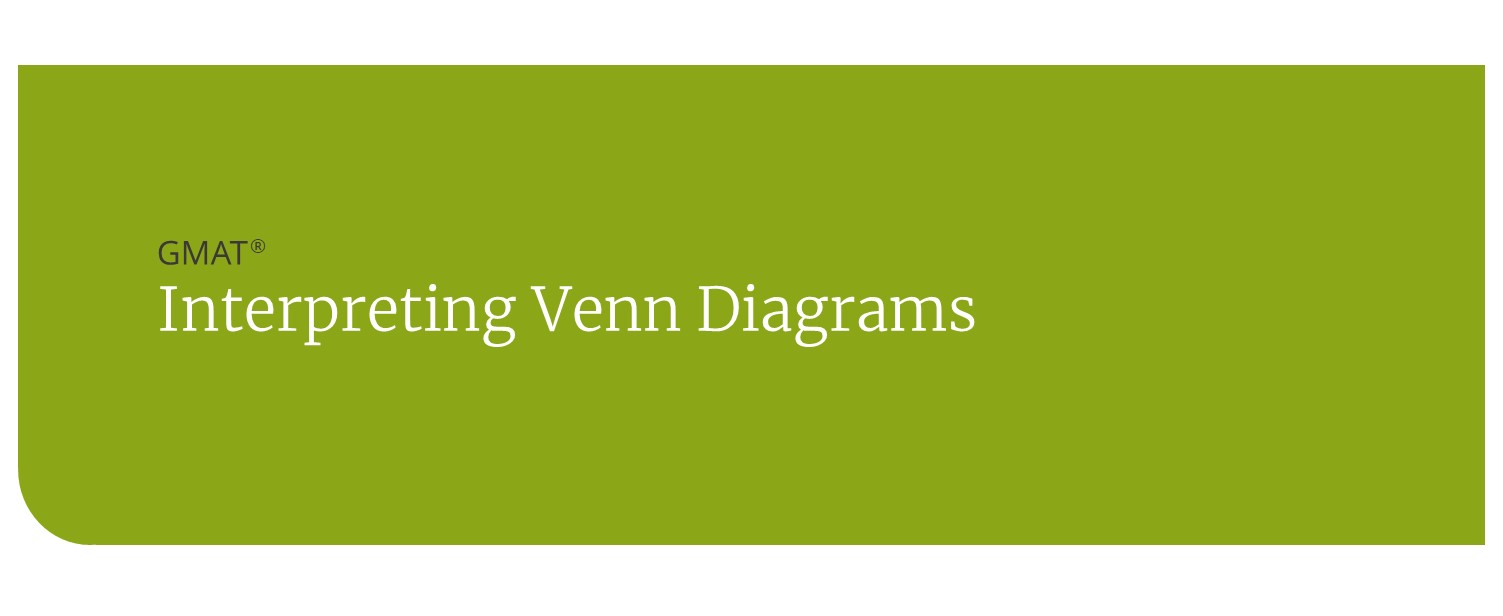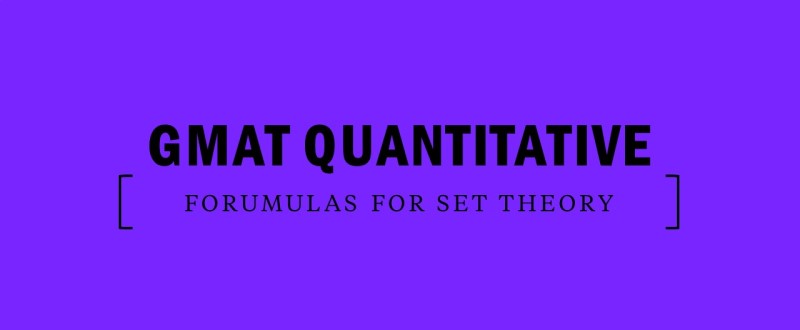How to Use a Passage Map for GMAT Reading Comprehension
The first step of the Kaplan Reading Comprehension Method is to read the passage strategically. Kaplan students know that part of strategic reading is making notes as you move through the passage; this passage map is your guide through the passage.
How To Map a Passage
In the map, note the purpose of each paragraph. What function does it serve? Why did the author include it? Think of a passage map as if it were directions through the material. Just as you don’t want an actual map or directions to be cluttered by unnecessary details (“there’s a gas station on the left, but don’t turn there; turn right just past the post office that used to be a burger joint….”), you don’t want your trail through the passage to be cluttered by trivial details. Details are only useful if they equal points. If you need the details, you can use your map to find your way back to them.
Navigate by major themes, not minor details
Here’s an example first paragraph:
This paragraph provides background information about Durkheim and introduces one of his theories, which will likely be discussed in the following paragraph(s). Shorthand notes to that effect would be all you put in your map: Durkheim theory.
Durkheim’s beliefs about scientific methods, observations about levels of integration, or his postulation about particular social groups do not belong in a map; those are the details you will use the map to retrieve, should you need them.
The second and third paragraphs are as follows:
Each of these paragraphs discusses one of Durkheim’s classifications. Take note of any major distinctions drawn by the passage’s author—in this case, the distinction between two classifications.
Locate shared assumptions
Just as you should look for distinctions in Reading Comprehension, so you should also take note of comparisons and similarities drawn between different categories, themes, or topics. The final paragraph is below:
In this last paragraph, the author points out a similarity between the two classifications. A map for the entire passage would look like this:
- ¶1 Durkheim theory
- ¶2 mech sol
- ¶3 org sol
- ¶4 both: shared assumptions
Now if you see a question that asks about mechanical solidarity, you know where to research the answer; if you see a question asking about shared assumptions, you also know where to look. Your passage map is a simple table of contents for the passage that allows you to locate the information you need quickly, without needing to reread and waste precious time on Test Day.
Passage Mapping for Question Types
Now how do you use your passage map to help you get more questions correct? The key to using your passage map is to identify which type of GMAT reading comp question you’re looking at, and knowing where to find the correct answer.
Let’s review the four main GMAT Reading Comp question types:
Detail
These questions ask about the supporting points of the passage and are fact-based.
How to Answer: Identify the keywords in the Detail question and refer back to your passage map and the specific paragraph that contained the detail. Try to use your notes on that paragraph as a prediction FIRST, and only delve back into the passage if the answer choices are too narrow.
Example Question: According to the passage, which of the following is true of copyright protection?
We know this is a detail question because of the phrase “according to the passage”. The keywords here are “copyright protection”. Look back to your passage map to identify which paragraph contained those keywords. Let’s say it was the third. BEFORE looking back into the specific lines of the passage, re-read what you wrote as the main idea of the third paragraph. Chances are, whatever point the author made about copyright protection was in support of that paragraph’s main idea. Try to use the information in your passage map as a prediction FIRST. It is often enough to help you eliminate the 4 incorrect choices. Only if absolutely necessary should you re-read the specific lines of the passage.
Main Idea
These questions ask about the main points of the passage and require you to understand the purpose of the passage as a whole.
How to Answer: The last thing you should include in your passage map is the Purpose of the passage, in your own words. Don’t allow yourself to start answering questions without it, since almost every passage will have a Main Idea question. Refer back to that part of your passage map and re-read what you wrote. Scan the answer choices and eliminate choices that are too specific or only relate to one part of the passage.
Example Question: Which of the following statements best summarizes the main idea of this passage?
This is the classic “Main Idea” question format. Go to the bottom of your passage map where you wrote down the Purpose, and use it to eliminate answer choices. Don’t fall in love with one of the choices, even if it seems like the right answer. Always be methodical and read every answer choice. On your scratch paper, write out A through E and scratch out the choices that don’t fit the main idea. If you are left with two, choose the one that best fits the scope of the passage.
Inference
These questions require you to understand what is being implied.
How to Answer: As you read each paragraph, take notes not only on what is directly stated by the author, but also on anything he implies by his use of certain words or phrases. Look for any descriptive adjectives that will reveal the author’s opinion, and trust your own impressions. Think of a passage like a body of water. There is always much more going on beneath the surface.
Example Question: The passage implies that family farms, compared to large-scale corporate farms…?
We know this is an Inference question because of the word “implies”. Here the keywords are “family farms” and “large-scale corporate farms”. Find where each was mentioned in your passage map. What was the author’s main point about the two types of farms? If your prediction is a little more complicated than your passage map notes, write it down BEFORE scanning the answer choices. Inference questions can be especially challenging and there may be two answer choices that are very close. Find the best match based on your prediction.
These questions ask about the author of the passage or the mood/tone of the entire piece.
How to Answer: Put yourself in the author’s shoes. In your passage map, you should have taken notes on the author’s point of view throughout the passage. How does he feel about each of the topics he discusses? I like to write down a happy face or a sad face next to each new topic for easy reference! It’s okay if the author has mixed feelings too, but pay attention to his specific likes and dislikes.
Example Question: The tone of this passage suggests that the rise of agribusiness makes the author of this passage most likely feel which of the following?
The key phrase here is “rise of agribusiness”. Go back to your passage map and locate where the author first introduced this topic. Did he reveal emotion in his use of descriptive words or phrases? If he has mixed feelings about the “rise”, what does he like and dislike? Make a prediction, writing it down if necessary, and eliminate answer choices that do not logically follow. Remember that the tone of GMAT passages will be scholarly, so you can often eliminate informal or extreme verbiage.
Practice making passage maps with your scratch paper every single time, and you can handle any passage type the GMAT throws at you: science-based, social studies-based or finance-based.


